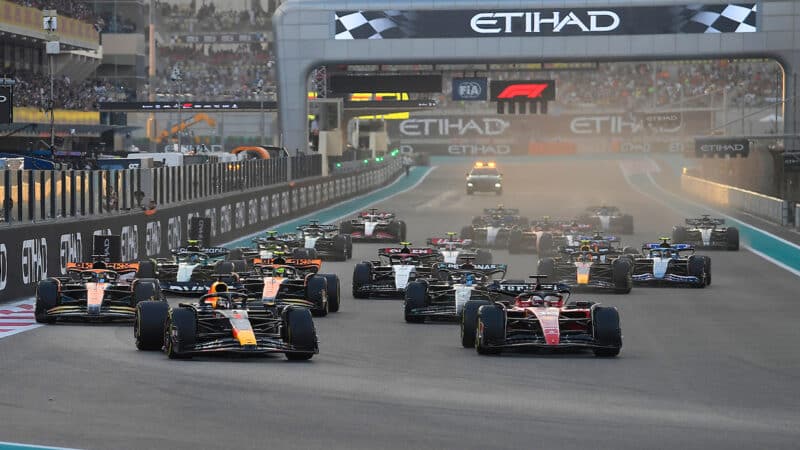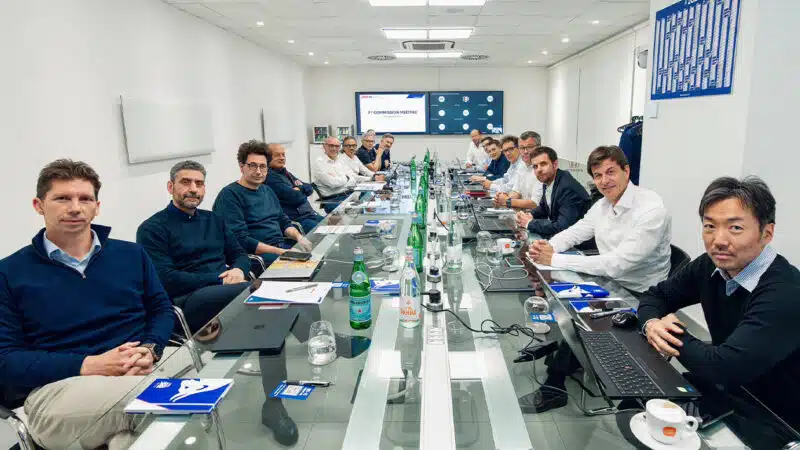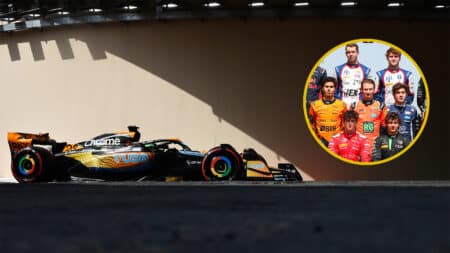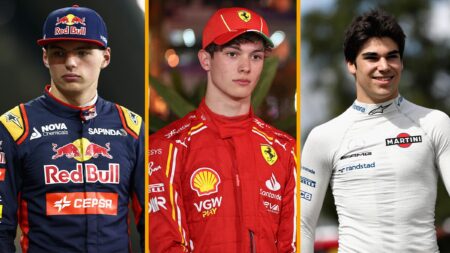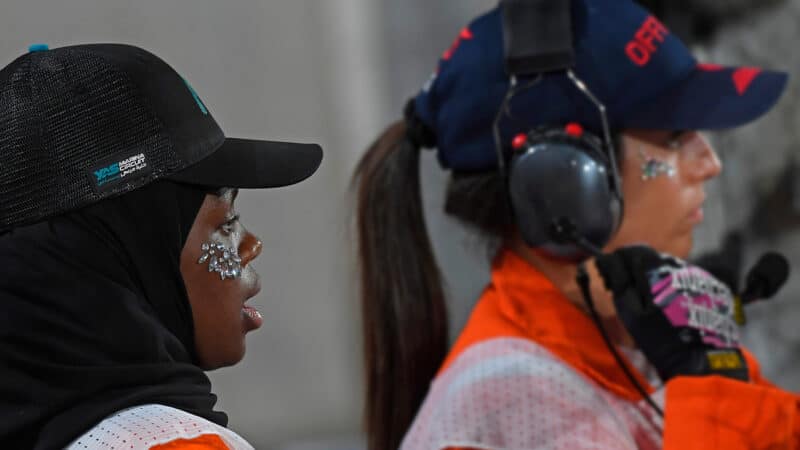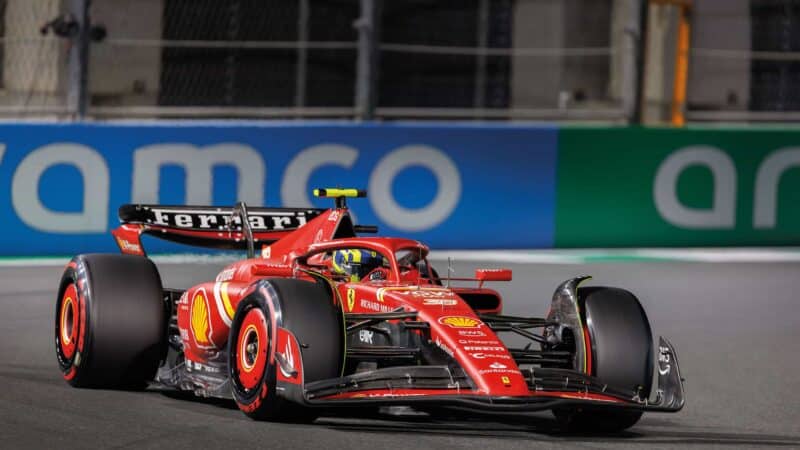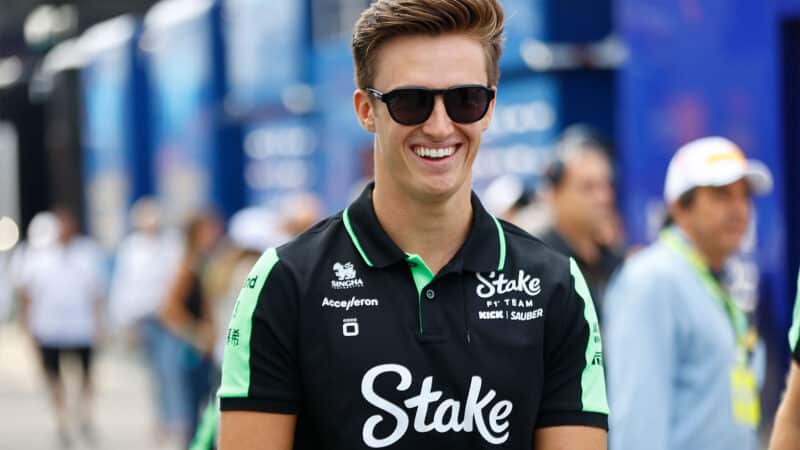The bottom line was that all the teams would be present at Yas Marina on the Tuesday after the final race with one car for race drivers, for testing of the definitive 2025 Pirelli tyres, and one for the obligatory rookie running. So why not just make that day more interesting for everyone?
“It’s something that I tabled at the last couple of F1 Commissions,” said Red Bull boss Christian Horner when we asked him last month about the idea.
“I think it’s great for the young drivers. And I think that the problem with some of the rookie tests is they all get used for testing, you never know are they running on 50 kilos, 70 kilos, 30 kilos of fuel? What engine mode are they going? You don’t really know.
“You don’t know how the opposition are doing. So I think this as a non-championship race for the junior drivers is a fantastic opportunity.
“It comes at the end of a busy season, but opposed to just running around burning fuel and tyres and only the teams that are running those drivers knowing whether they’re doing a good job or not, to give potentially 10 drivers or 10 rookies the opportunity of jumping in the current cars and having the equivalent of a sprint race, I think it’s fantastic. And I think it’ll be a really popular event.”
On the face of it turning a rookie test day into a short qualifying session and sprint appeared to be pretty straightforward. However, inevitably the reality proved rather more complicated.
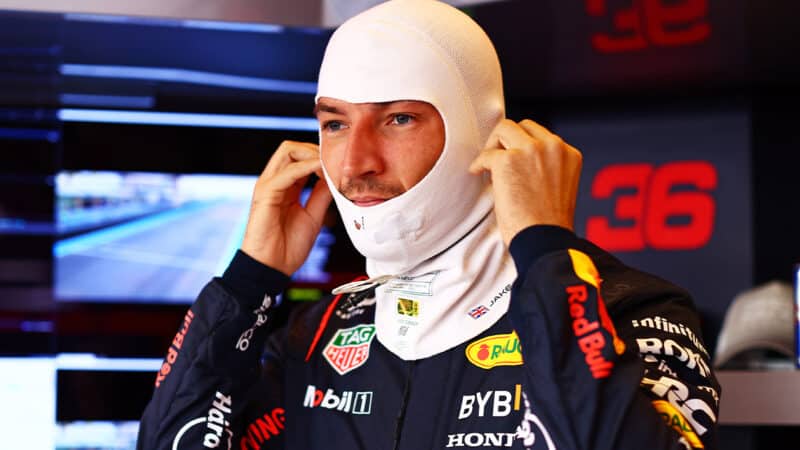
Jake Dennis took part in the young driver test for Red Bull last year
Red Bull
The first task was to pass it to the Sporting Advisory Committee, the body in which the 10 team managers/sporting directors discuss and proof-test future rule changes with their FIA counterparts.
The rookie sprint required its own set of regulations, which would basically be a cut and paste of whatever was relevant from the regular World Championship rulebook, with some bespoke additions.
There was much to consider. The definition of a rookie is set in stone in the rules as someone who has started no more than two F1 races, but would drivers who didn’t qualify for a full superlicence and had only an International ‘A’ (the next step down) be allowed to take part?
There was initial talk of 25 as the age cut-off. However McLaren pointed out that Toyota WEC racer Ryo Hirakawa, one of the reserves it might ultimately call upon, is 30.
